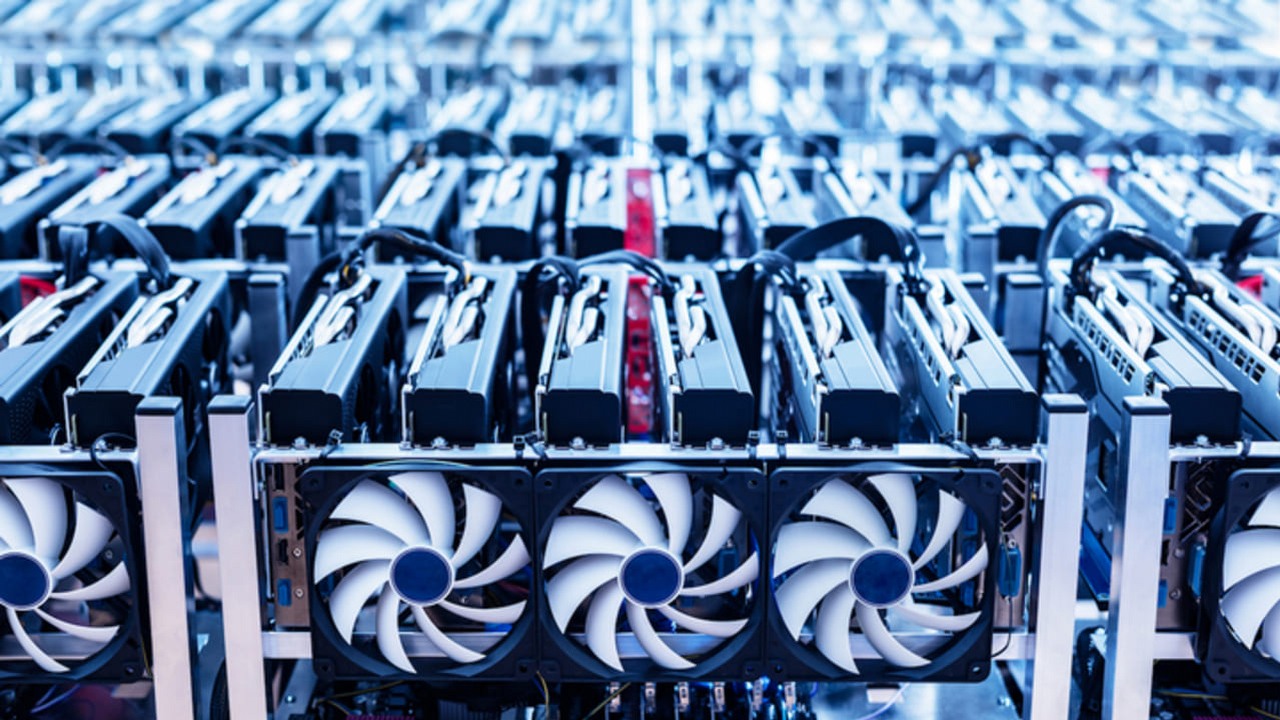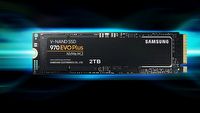Court Returns Half a Million GPUs to Cryptominers
The GPU market shortage continues. Meanwhile, Genesis Mining is looking for a use for hundreds of thousands of orphaned GPUs. This follows a decision by China's Supreme Court to return nearly half a million graphics cards to the company.

Founded in 2013, Genesis Mining presents itself as "the leader in cloud-based bitcoin mining". Two years ago, the conglomerate got into a legal dispute with the former hosting provider, Chuangshiji Technology Limited, which, allegedly because of a payment dispute that took place a year earlier, refused to return GPUs belonging to the former (as well as 60,580 AntMiner S9 mining rigs). As reported by The Block, it was Genesis Mining that emerged victorious from that fierce battle. Under the decision of the Chinese Supreme Court, Chuangshiji Technology was forced to give back to the owners... 485,681 units of RX 470s, valued at approximately $200 million..

Now that the conflict has finally been resolved, Genesis Mining will have to decide what to do with the recovered hardware. The company can both use them to continue mining the cryptocurrency - the total capacity of the recovered equipment is about 14.5 TH/s - on the territory of another country (its mining farms are located in Canada, Bosnia, and Iceland, among others), as well as consider selling them. However, the president of the company, Marco Streng, refused to specify the current status of the returned devices, along with their current location.
Those wishing to purchase a GPU with hardware ray-tracing acceleration, unfortunately, may feel slightly disappointed. The returned components are nothing more than five-year-old RX 470 (in the version with 8 GB of memory) from AMD. Although most of the released and upcoming titles (such as Halo Infinite or Battlefield 2042) would probably run on these Radeon without much trouble, but some - such as The Medium or the long-awaited S.T.A.L.K.E.R 2 - will need something more powerful.
In addition, there is the issue of the efficiency of used ex-mining GUPs. They worked with a high load, often for a very long time, and therefore are more prone to failure compared to models used for example in-home gaming computers. The sellers themselves often do not give them a guarantee longer than three months. Of course, this does not apply to each unit, because in the network there are also many positive comments from buyers of such cards. Therefore, it is safe to say that buying a used mining GPU is a lottery.
A decision on the fate of the lost RXs has not yet been revealed. If they were to go on sale, they could become a tasty morsel for many gamers with limited wallet capacity. However, this is not always a good choice. So... would you be tempted to buy one?
- Radeon RX 470 - official website
- GTX 1060 3GB vs RX 470 4GB in 2021 - Test in 7 Games
- China to Ban Crypto Mining? BTC Exchange Rate Dips
0
Latest News
- This is expected to be the biggest year in the company's history. Blizzard prepares an offensive that will overshadow previous years
- Bethesda envied CD Projekt RED? Starfield may undergo a Cyberpunk 2077-style metamorphosis
- Season 2 has just started, and Todd Howard is already writing the script for the third one. Fallout 5 will be changed by the TV show
- 5 games to grab on Amazon Prime Gaming. Among them, a collection of RPG classics
- My experience attending the 2025 Game Awards, and why I loved it

